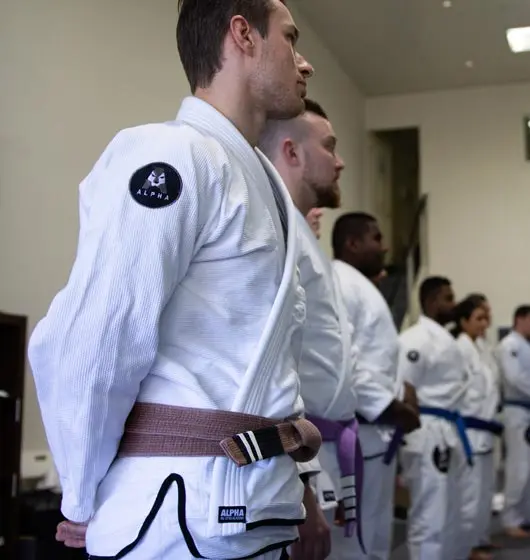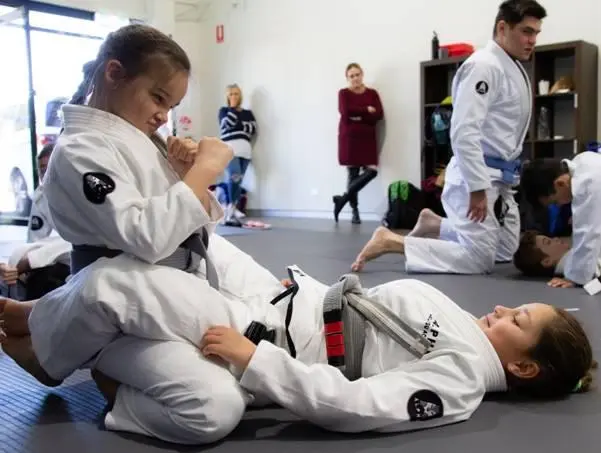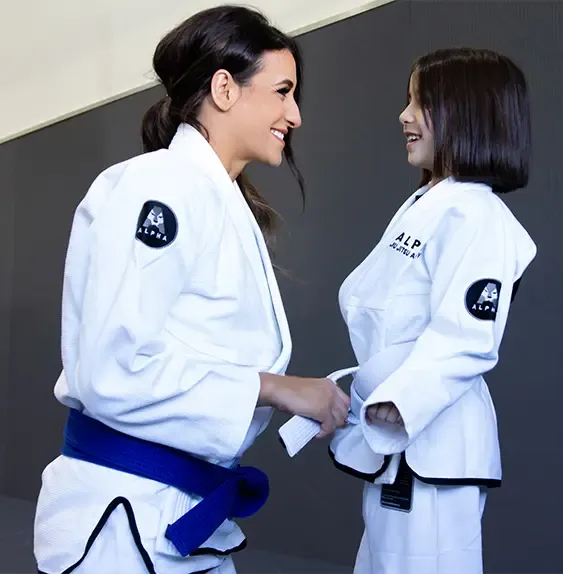Walking into a Brazilian Jiu-Jitsu academy for the first time can feel like stepping into a whole new world. The language, the movements, the intensity—it's a lot to take in. Remember: every black belt was once a white belt who didn't know where to stand. What helps you belong isn’t just mastering an armbar; it’s mastering the respect and etiquette that make training safe and rewarding for everyone.
This culture of mutual care is the true foundation of any great gym. Let’s break down the key principles.
During Class: The Gift of Your Attention
A BJJ class is a collaborative learning environment. Your focus is your greatest contribution.
- Listen and Line Up: When the instructor calls for attention, stop drilling and listen. Line up promptly for demonstrations.
- Drill the Technique Taught: Even if you’ve seen a different variation, now is the time to practice what’s being shown. This shows respect for your coach’s lesson plan and ensures the entire class is progressing together.
- Be a Great Drilling Partner: When your partner is practicing a technique, give realistic but cooperative resistance. Your job isn’t to "win" during drilling, but to help each other learn the movement.
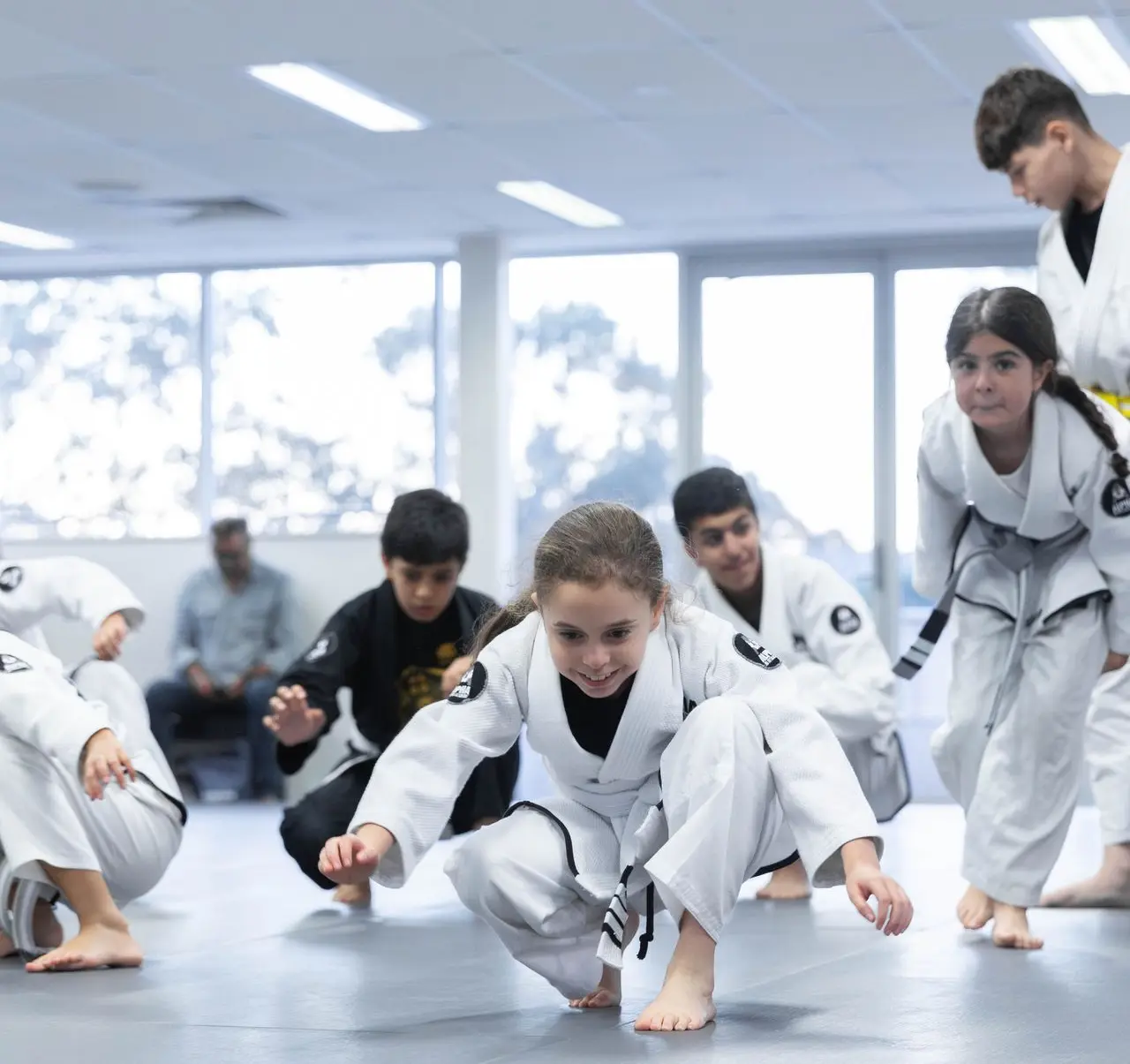
The Art of Rolling: Live Sparring with Respect
Live training ("rolling") is where etiquette matters most for safety and trust.
- The Invitation: Always tap fists to begin a roll. It’s a silent agreement to train together.
- Check Your Ego: Train with control, not reckless force. The goal is to learn, not to dominate every opponent.
- Tap Early, Tap Often: There is zero shame in tapping. It’s your primary tool for staying safe and learning your limits. Conversely, release a submission immediately when your partner taps. This moment of trust is sacred.
- Spatial Awareness: If you and another pair collide, it’s common etiquette for the lower-ranked belts to move. But whoever notices the collision first should calmly create space.

Being a Partner, Not a Coach
One of the most important rules of etiquette is knowing your role.
- Adjust Your Intensity: Match your partner’s size, skill level, and energy. If they are newer or smaller, use the roll to practice technique, not strength.
- Respect Injuries: If someone says they have a sore shoulder, avoid attacking it.
- Leave Coaching to the Coaches: Unless your partner explicitly asks for help, avoid giving unsolicited advice during or after a roll. Everyone is on their own journey.
Beyond the Mats: You Represent Your Team
Etiquette extends outside the academy walls.
- Punctuality: Try to be on time. If you are late, wait politely at the edge of the mat for the instructor to acknowledge you.
- Lend a Hand: Many gyms have a culture of helping to clean the mats or put away equipment. Participate - it builds community.
- Represent Well: When you wear your team’s logo, you represent them. Carry the values of respect and humility with you everywhere.
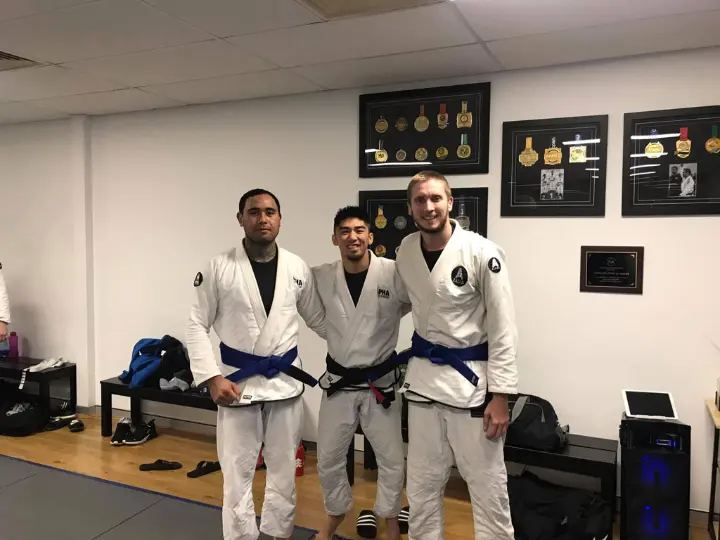
The Bottom Line: It’s About Care
In the end, Jiu-Jitsu etiquette isn’t a long list of arbitrary rules. It’s a framework built on one simple idea: care.
Care for the space you train in. Care for the safety of your partners. Care for the learning process. Care for your team.
When you lead with that care, people will trust you, want to train with you, and help you improve. That’s how you build more than just skill - you build a community. And that’s where the real magic of Jiu-Jitsu lives.
